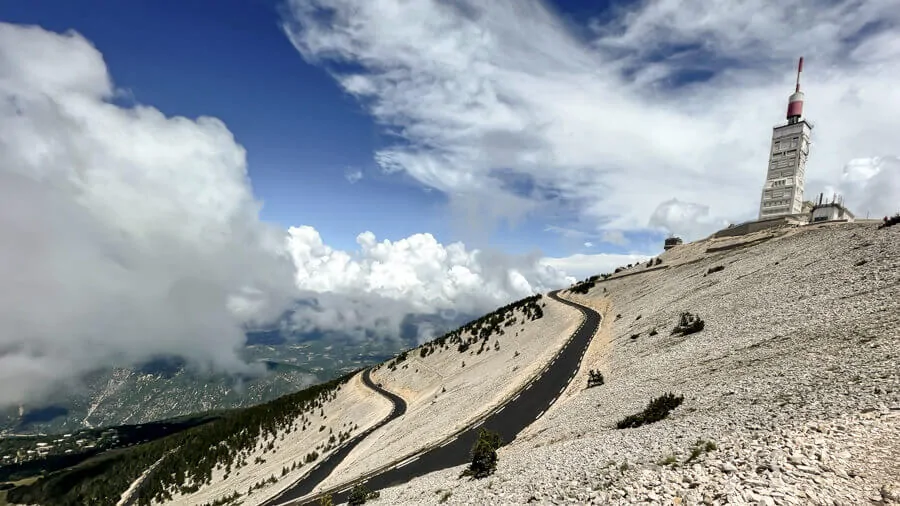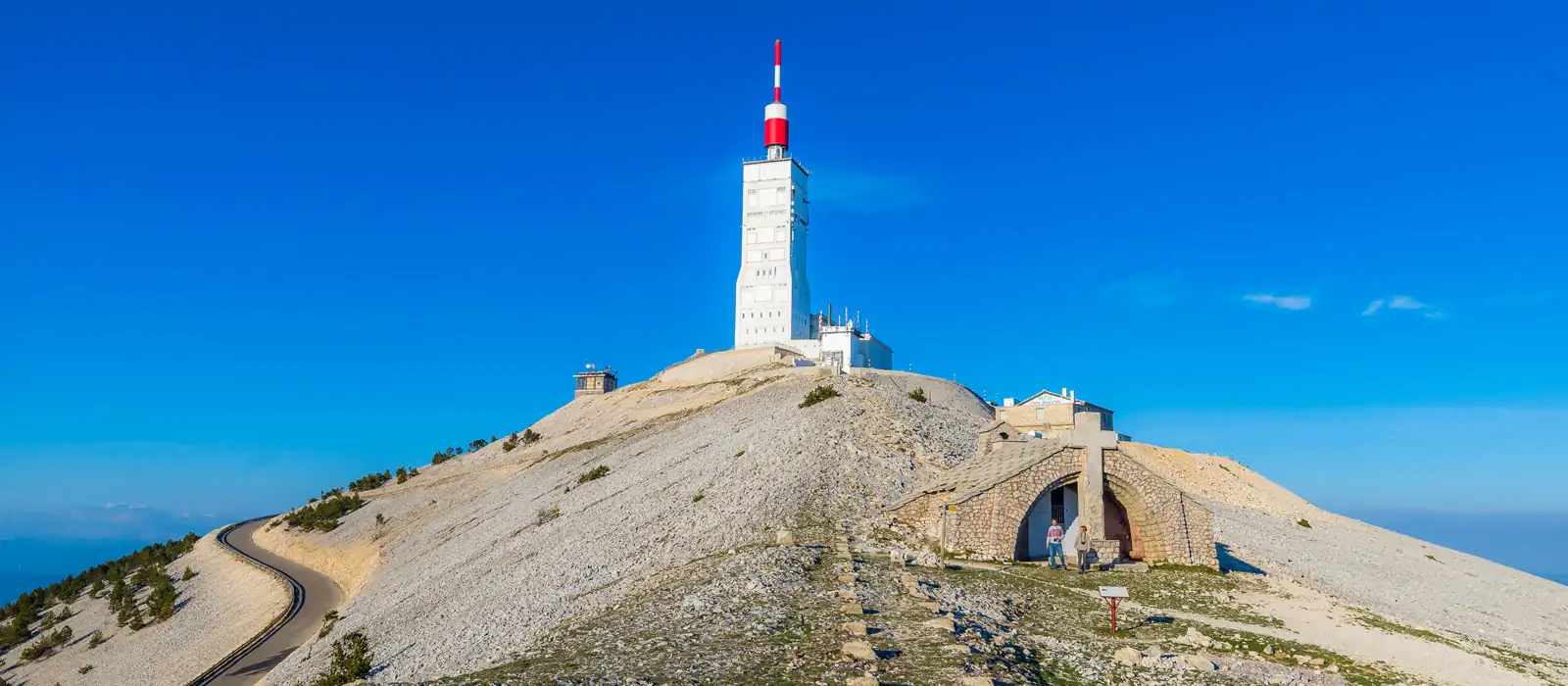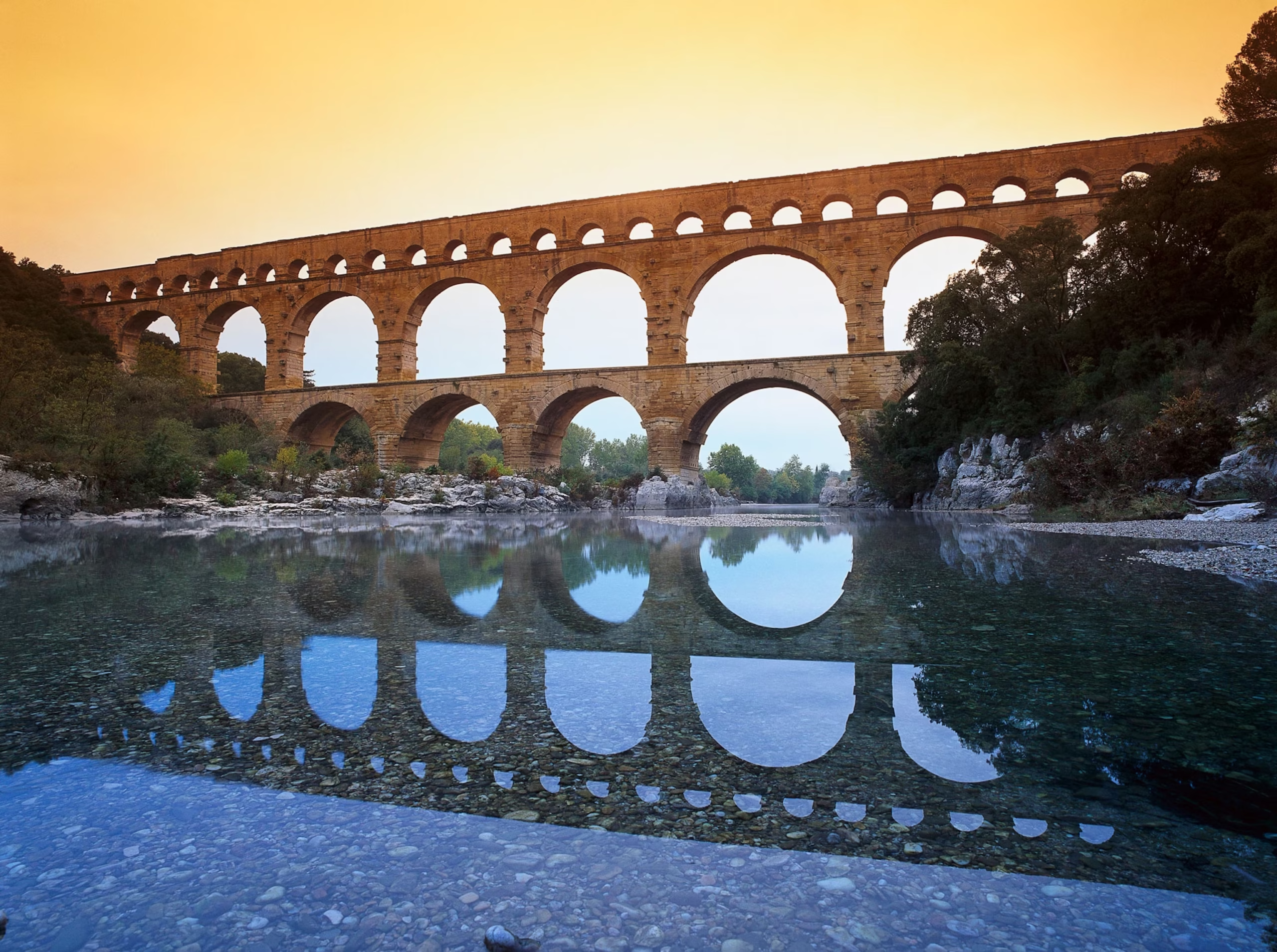Mont Ventoux, famously known as the “Giant of Provence,” is a striking mountain located in southern France. Rising to an impressive 1,909 metres, it dominates the Vaucluse landscape and captivates visitors with its unique bald summit and dramatic scenery. Mont Ventoux attracts cyclists, hikers, and travellers alike, offering an unforgettable experience that blends natural beauty, adventure, and history.
The mountain is not only a natural wonder but also a cultural and sporting icon. Mont Ventoux is renowned in the cycling world, often featuring in the Tour de France as one of the most challenging climbs. Its changing climate, panoramic vistas, and surrounding Provençal villages make it a destination that appeals to adventurers, photographers, and nature enthusiasts.
History and Significance of Mont Ventoux
Mont Ventoux has a long and fascinating history that enriches its allure. Historical records suggest that the mountain was known to early inhabitants and explorers, with local legends describing hermits and adventurers who first climbed its slopes. Over centuries, Mont Ventoux has become an emblem of Provence, celebrated in literature, art, and regional folklore.
The mountain gained international recognition due to its inclusion in the Tour de France. Known as one of the most grueling climbs, Mont Ventoux challenges elite cyclists with its steep gradients and exposed summit. Its historical and sporting significance adds depth to any visit, making it a destination for those interested in both culture and endurance sports.
Geography and Climate of Mont Ventoux
Mont Ventoux is located northeast of Carpentras in the Provence region, bordering the Vaucluse and Drôme departments. The mountain features diverse landscapes, including dense pine forests at the base, rocky slopes midway, and a distinctive barren peak. This variety allows visitors to experience multiple environments in a single journey, from shaded woodland trails to wide-open summit vistas.
The climate of Mont Ventoux is unpredictable, often changing dramatically within hours. Summers are typically warm at the base but windy and cooler at the top, while winters can bring snow and freezing conditions. Visitors must plan their trips carefully, as weather can significantly affect both hiking and cycling experiences on Mont Ventoux, particularly at higher altitudes.
How to Get to Mont Ventoux

Getting to Mont Ventoux is straightforward, with multiple transport options for visitors. The closest airports are in Avignon and Marseille, offering international connections. By car, the mountain is easily accessible from surrounding towns such as Bédoin, Malaucène, and Sault, which also provide parking and trailheads for exploring Mont Ventoux.
Public transport is limited but viable for those relying on buses and trains from nearby cities. For cyclists and hikers, driving or taking local transport to key starting points is common. Planning the journey in advance ensures visitors can focus on enjoying Mont Ventoux’s trails, cycling routes, and panoramic views without logistical difficulties.
Climbing Mont Ventoux
Mont Ventoux is legendary among cyclists due to its challenging slopes and breathtaking scenery. The Bédoin ascent is the most famous, spanning around 21 kilometres with an average gradient of 7.5%. Cyclists tackling Mont Ventoux will find both physical and mental challenges, rewarding their effort with unparalleled views from the summit.
Proper preparation is essential for climbing Mont Ventoux by bike. Riders should ensure they have suitable gear, sufficient water, and fitness for long ascents. Other popular routes include Malaucène and Sault, offering alternative gradients and landscapes. Conquering Mont Ventoux is a memorable achievement, whether approached by amateur enthusiasts or professional cyclists.
Hiking and Walking Routes on Mont Ventoux
Hiking Mont Ventoux provides a different but equally rewarding experience compared to cycling. Trails range from moderate forest walks to steep paths leading to the exposed summit. Hikers enjoy scenic highlights including vineyards, valleys, and distant mountain ranges, all while immersing themselves in the natural beauty of Mont Ventoux.
Visitors can choose between guided tours and self-guided hikes depending on their experience level. Essential considerations include suitable clothing, sturdy footwear, and knowledge of weather conditions. Exploring Mont Ventoux on foot allows a deeper appreciation of the mountain’s flora, fauna, and geological features, making it an ideal adventure for nature lovers.
Things to Do Around Mont Ventoux
The region surrounding Mont Ventoux is rich in attractions for visitors seeking more than the mountain itself. Nearby landmarks such as Dentelles de Montmirail, Gorges de la Nesque, and Mont Serein offer additional exploration opportunities. Charming towns like Bédoin and Malaucène provide local markets, traditional cuisine, and cultural experiences.
Adventure enthusiasts can also enjoy activities such as paragliding, rock climbing, and nature excursions around Mont Ventoux. The combination of outdoor recreation and cultural experiences makes the area appealing for long stays. Visitors can balance physical challenges on Mont Ventoux with relaxing exploration of its picturesque surroundings.
Accommodation and Staying Near Mont Ventoux
Visitors to Mont Ventoux have a wide range of accommodation options to suit different preferences and budgets. Hotels, guesthouses, and B&Bs in nearby towns such as Bédoin, Malaucène, and Sault offer comfort and easy access to cycling and hiking routes. Many provide local charm, including traditional Provençal décor and regional cuisine.
Camping near Mont Ventoux is also an option for travellers seeking a more immersive experience. Booking in advance is recommended, particularly during summer and peak tourist seasons. Staying close to Mont Ventoux allows visitors to start early on hikes or cycling routes and fully enjoy the mountain and its surrounding landscapes.
Practical Tips for Visiting Mont Ventoux
Safety is a key consideration when visiting Mont Ventoux. Weather conditions can change quickly, and the summit is exposed to strong winds. Visitors should pack appropriate clothing, water, and equipment for both cycling and hiking. Proper preparation ensures a safe and enjoyable visit.
Timing is also important for planning trips to Mont Ventoux. Spring and early autumn provide mild weather and fewer crowds, while summer offers warmer temperatures but higher visitor numbers. Checking weather forecasts, planning routes, and understanding the terrain are all essential for a successful visit to Mont Ventoux.
Conclusion
Mont Ventoux is a truly remarkable destination for travellers seeking adventure, natural beauty, and cultural experiences. Its towering presence, challenging climbs, and panoramic vistas make it an iconic landmark in Provence. Whether cycling, hiking, or exploring nearby towns, Mont Ventoux offers something for every type of visitor, from sports enthusiasts to casual travellers.
By planning carefully, respecting weather conditions, and embracing the stunning environment, visitors can enjoy all that Mont Ventoux has to offer. This mountain is more than a physical landmark; it is a symbol of endurance, beauty, and the unique charm of southern France.
You may also read: Things to Do in Avignon: Stroll Through Gardens and Scenic Spots

